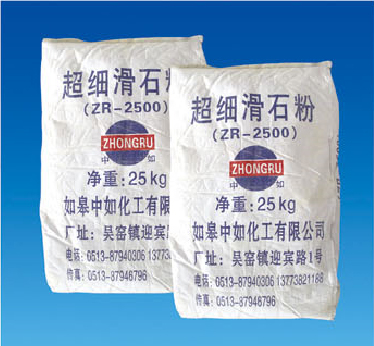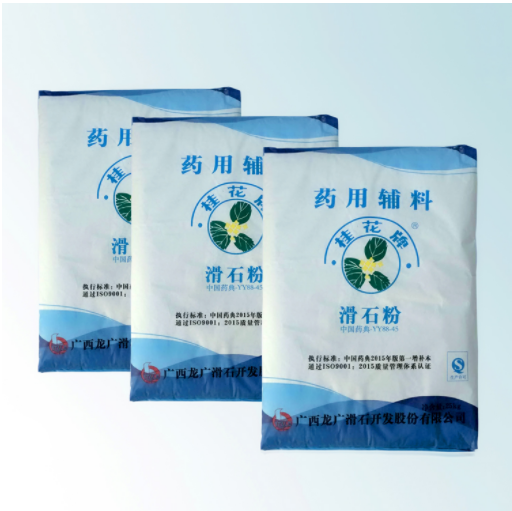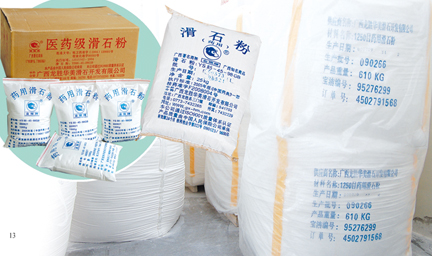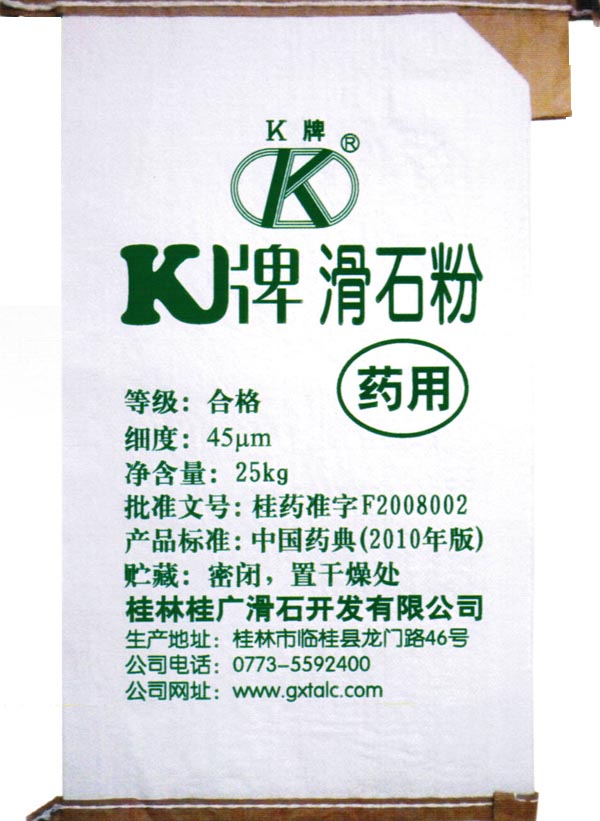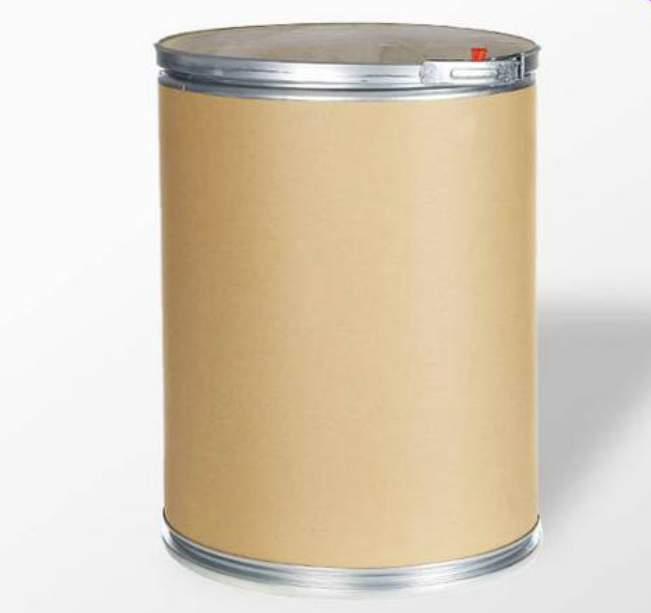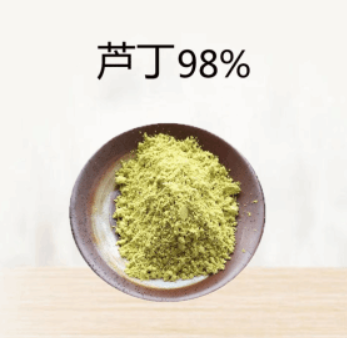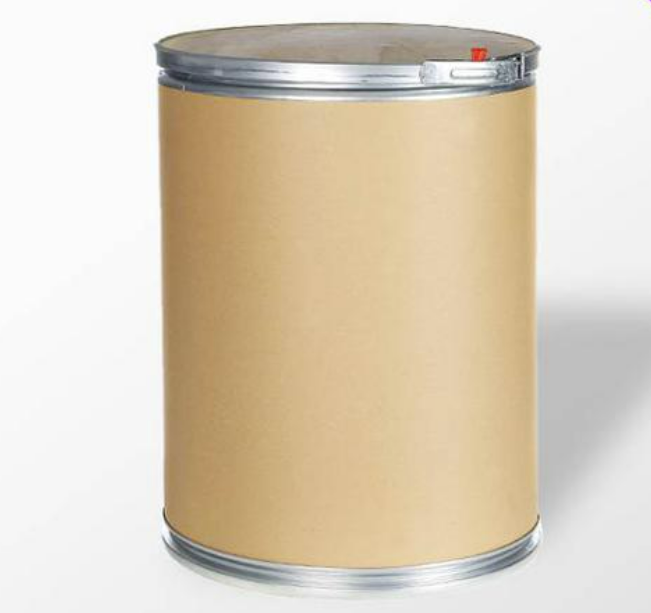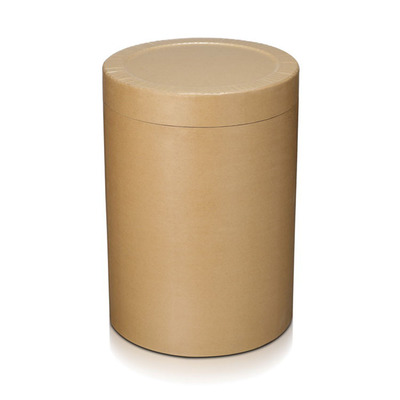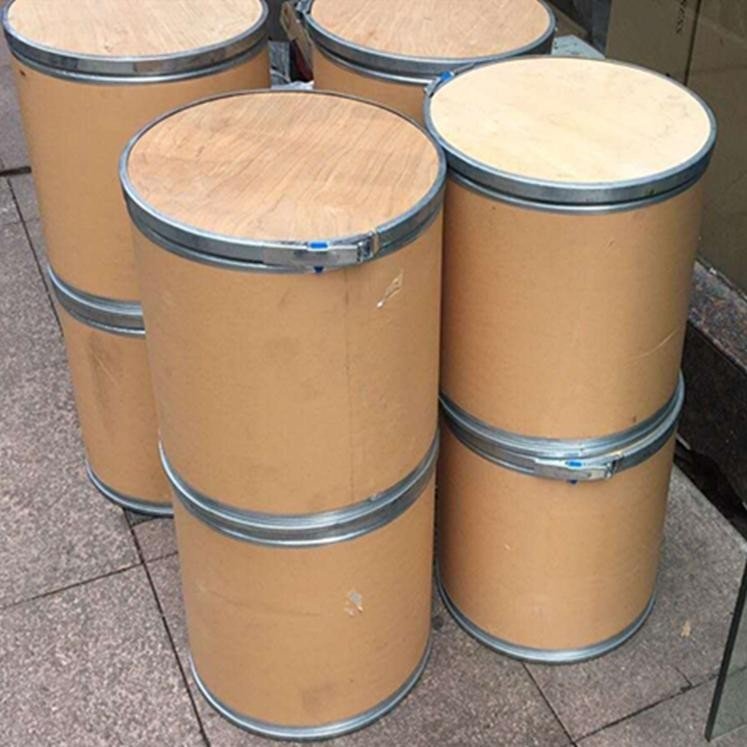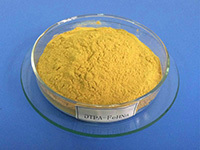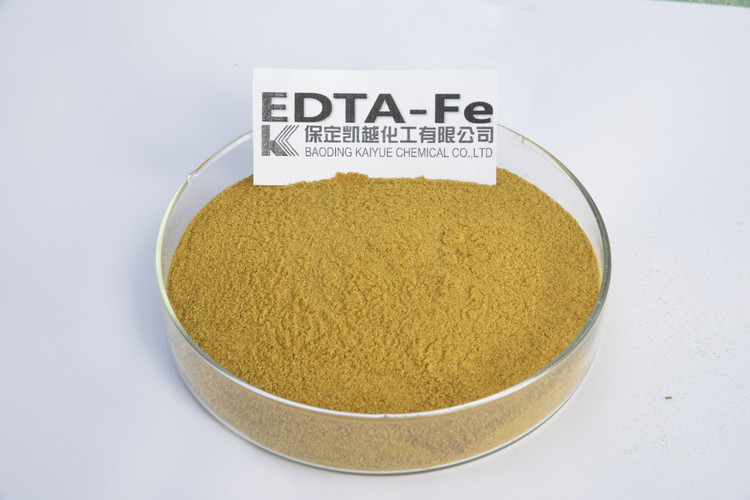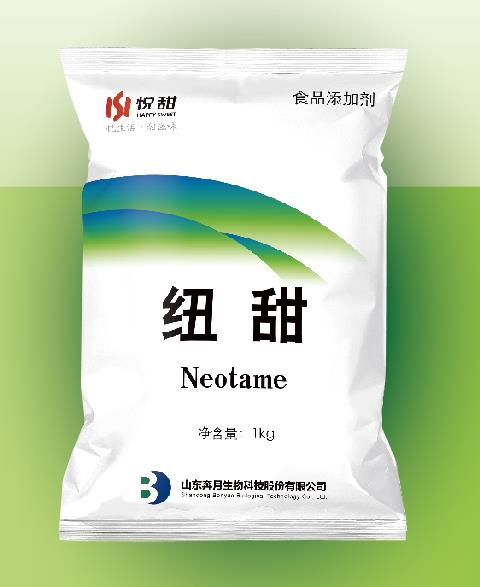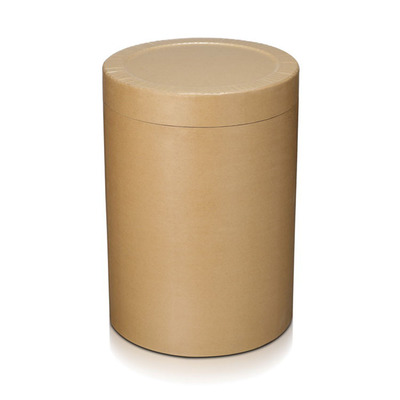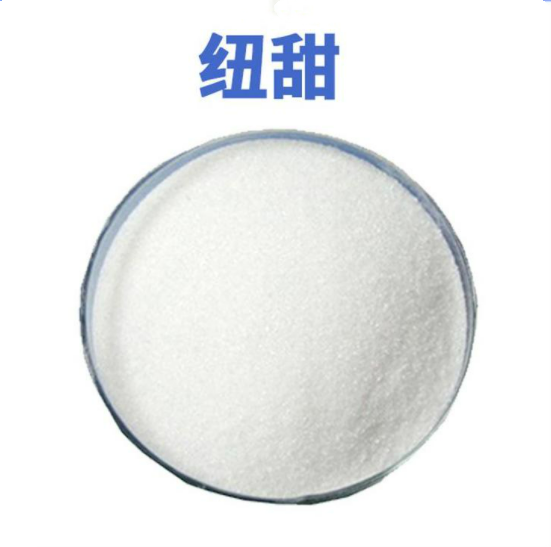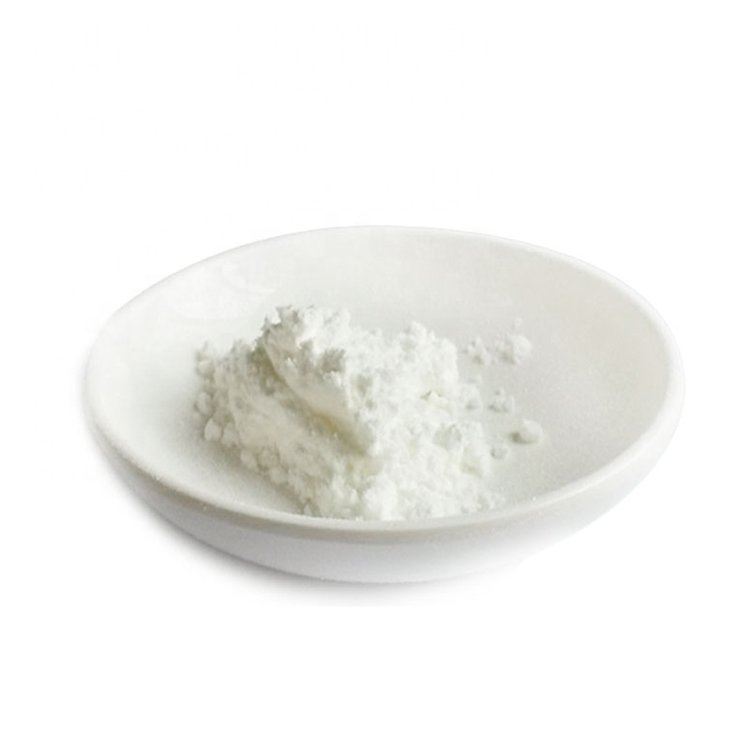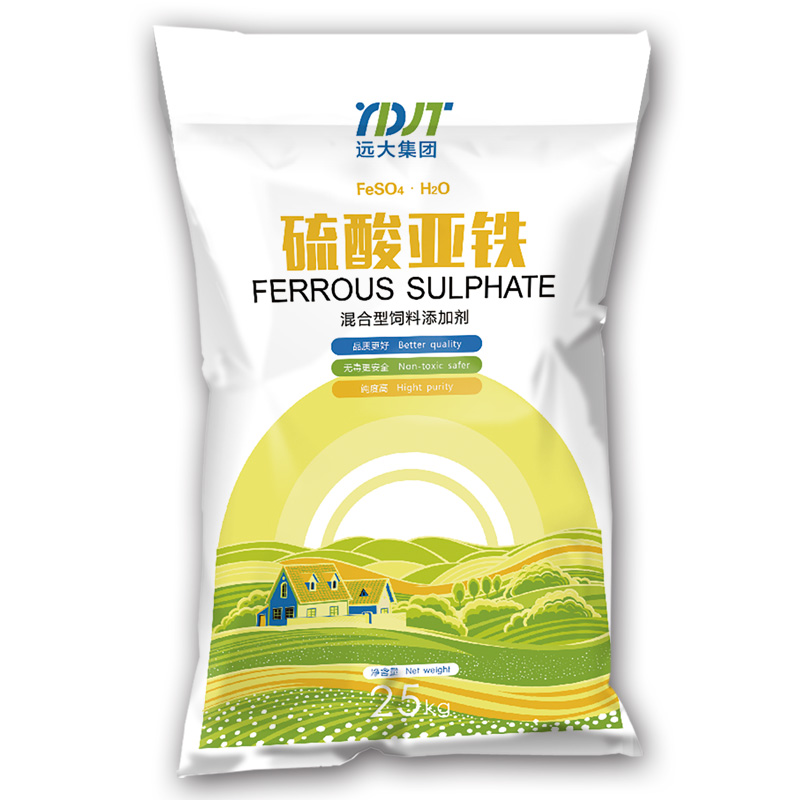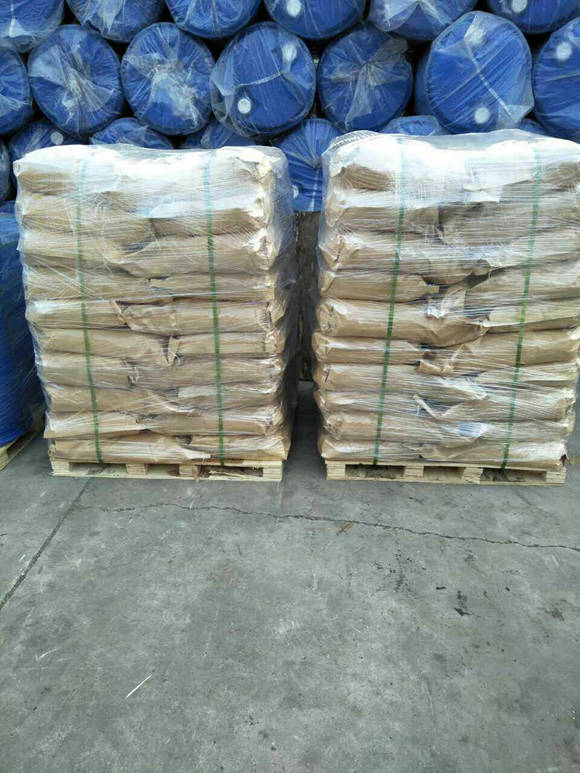Feed Additive
Additives For Food Packaging
Colorant
Stabilizer and Coagulator
Water Retention Agent
Feed Deworming Health Agents
Anti Corrosion and Preservation
Color Fixative
Flour Treatment Agent
Defoamer
Coating Agent
Feed Vitamins
Emulsifier
Other Food Additives
Nutritional Fortifier
Thickening Agent
Feed Quality Enhancer
Antioxidants
Chewing Gum Bases
Bulking Agent
Feed Amino Acids and Small Peptides
Flavor Enhancer
Sweeteners
Additives For Feed Preservation
Other Feed Additives
Food Additive
Bleaching Agents
Anticaking Agent
Food Flavors and Fragrances
Enzyme Preparation
Feed Trace Elements
Acidity Regulators
Feed Growth Promoters
Feed Conditioner
CAS:14807-96-6
Molecular Formula:H2Mg3O12Si4
Alias
More Information
Magnesium Hydrosilicate; Hydrous Magnesium Silicate; Talcum Powder; French Chalk; Talcum; Talc; Micronized talc; Medicinal Talc Powder; Talc Powder; talc (Hydrated Magnesium Silicate)
Brief Introduction
This product is used as filler of rubber, plastic, paint, paper and cosmetics, carrier of chemical fertilizer, catalyst and medicine, diluted powder of pesticide, etc. It is usually used after bathing in summer. When applied to the skin, it can absorb sweat and moisture, and has a good sense of smoothness.
Suppliers
View More Vendors (4) >
CAS:153-18-4
Molecular Formula:C27H30O16
Alias
More Information
Rutin Hydrate; Vitamin P Trihydrate; Rutin Trihydrate; 3,3’,4’,5,7-Pentahydroxy-Flavon3-(O-Rhamnosylglucoside); 3-[[6-O-(6-Deoxy-.Alpha.-L-Mannopyranosyl)-.Beta.-D-Glucopyranosyl]Oxy]-2-(3,4-Dihydroxyphenyl)-5,74H-1-Benzopyran-4-One; 3-[[6-O-(-Deoxy-L-Mannopyranosyl)-D-Glucopyranosyl]Oxy]-2-(3,4-Dihydroxyphenyl)-5,7-Dihydroxy-4H-1-Benzopyran-4-One; 4-Dihydroxyphenyl)-5,7-Dihydroxy-Yranosyl]Oxy]-2-(; 4H-1-Benzopyran-4-One,3-[[6-O-(6-Deoxy-Alpha-L-Mannopyranosyl)-Beta-D-Glucop; Bioflavonoid; Globularicitrin; Ilixathin; Rutoside
Brief Introduction
Rutin, a rutin glycoside of quercetin, is a kind of flavonoids extracted from plants. It exists in rutin, tartary buckwheat, Sophora bud, Catalpa bungei leaves, tomato stems, leaves and seed shells. The main uses of rutin are as follows: 1. Food additive: it can be used as food pigment (like lemon yellow), antioxidant and nutritional supplement, mainly used in cold drinks, beverages, pastries, meat products, aquatic products, etc. 2. Vitamins: it can reduce the permeability and fragility of capillaries, maintain and restore the normal elasticity of capillaries. It is used for prevention and treatment of hypertensive cerebral hemorrhage, diabetic retinal hemorrhage and hemorrhagic purpura. 3. It has anti-inflammatory effect; Vitamin P has the effect of maintaining vascular resistance, reducing permeability and brittleness. It has the effect of removing fat in fatty liver, especially in combination with glutathione; Antiviral effect and inhibition of aldose reductase.
Suppliers
View More Vendors (4) >
CAS:15708-41-5
Molecular Formula:C10H12FeN2NaO8
Alias
More Information
Edta Iron(Iii) Sodium Salt; Ethylenediaminetetraacetic acid Ferric Sodium salt; Edta-Fe-13; EDTA-FeNa; Sodium Iron Edta; Ethylenediaminetetraacetic Acid Monosodium; Sodium Iron Ethylenediamine Tetraacetic Acid; Ethylenediaminetetraacetic Acid Iron Sodium Salt Hydrate; Ethylenediaminetetraacetic Acid Iron(III) Sodium Salt Hydrate; Iron(III) Sodium Ethylenediaminetetraacetate Hydrate; Sodium,2-[2-[bis(Carboxylatomethyl)Amino]Ethyl-(Carboxylatomethyl)Amino]Acetate,iron(3+); Ethylenediaminetetraacetic acid fe; Ethylenediaminetetraacetic acid Monosodium Ferric salt; EDTA iron(III) Sodium salt,Edathamil,Ethylenediaminetetraacetic acid iron(III) Sodium salt; Ethylenediaminetetraacetic acid,Ferric Sodium salt Trihydrate; Ethylenediaminetetraacetic Acid Ferric Sodium Salt Hydrate; Ferric Sodium Ethylenediaminetetraacetate Hydrate; EDTA-FeNa.3H2O; Ethylenediaminetetraacetic Acid Monosodium Ferric Salt Hydrate; Ferrostrane; Ferrostrene
Brief Introduction
It is mainly used as complexing agent, oxidant, photographic material developing agent, bleaching agent and black-and-white film thinning agent.
Suppliers
View More Vendors (4) >
CAS:165450-17-9
Molecular Formula:C20H30N2O5
Alias
More Information
N-(3,3-Dimethylbutyl)-L-Aspartyl-L-Phenylalanine Methyl Ester; N-(N-(3,3-Dimethylbutyl)-L-Alpha-Aspartyl)-L-Phenylalanine 1-Methyl Ester; L-Phenylalanine, N-[N-(3,3-Dimethylbutyl)-L-.Alpha.-Aspartyl]-, 1-Methyl Ester; N-[N-(3,3-Dimethylbutyl)-L--Aspartyl]-L-Phenylalanine 1-Methyl Ester
Brief Introduction
This product can be used as food additive, sweetener and stabilizer.
Suppliers
View More Vendors (4) >
CAS:17375-41-6
Molecular Formula:FeH2O5S
Alias
More Information
Iron(2+) Sulfate Monohydrate; Ferrous Sulfate Hydrate; Ferrous Sulfate; Driedferrous Sulfate; Iron Sulfate Monohydrate; Iron(II) Sulfate, Monohydrate; Sulfuric acid, iron(2+) salt (1:1), Monohydrate
Brief Introduction
Ferrous sulfate monohydrate the iron contained in it is a raw material for the synthesis of blood red antibodies in animals, which can be used as a feed grade mineral feed additive for the purpose of rehydration of poultry and livestock, can promote the growth and development of poultry and aquatic animals, and enhance disease resistance. Pigments such as iron oxide red are made with ferrous sulfate monohydrate; Agriculturally used as herbicides, soil amendments and foliar fertilizers, etc., particulate products are very popular fertilizers abroad, which can effectively improve soil and remove mosses and lichens; It can also be used as a pesticide to control the lesions of wheat and fruit trees; It can also be used as an intermediate feedstock in the chemical, electronic, and biochemical industries, among others.
Suppliers
View More Vendors (4) >
Inquiry (
10
/ 10
)
Clear All
Sign In
Error!

